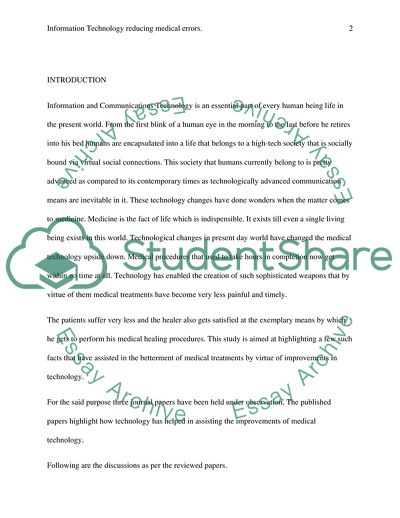Cite this document
(Information Technology Reducing Medical Errors Research Paper, n.d.)
Information Technology Reducing Medical Errors Research Paper. https://studentshare.org/information-technology/1754757-information-technology-reducingcausing-medical-errors
Information Technology Reducing Medical Errors Research Paper. https://studentshare.org/information-technology/1754757-information-technology-reducingcausing-medical-errors
(Information Technology Reducing Medical Errors Research Paper)
Information Technology Reducing Medical Errors Research Paper. https://studentshare.org/information-technology/1754757-information-technology-reducingcausing-medical-errors.
Information Technology Reducing Medical Errors Research Paper. https://studentshare.org/information-technology/1754757-information-technology-reducingcausing-medical-errors.
“Information Technology Reducing Medical Errors Research Paper”. https://studentshare.org/information-technology/1754757-information-technology-reducingcausing-medical-errors.


